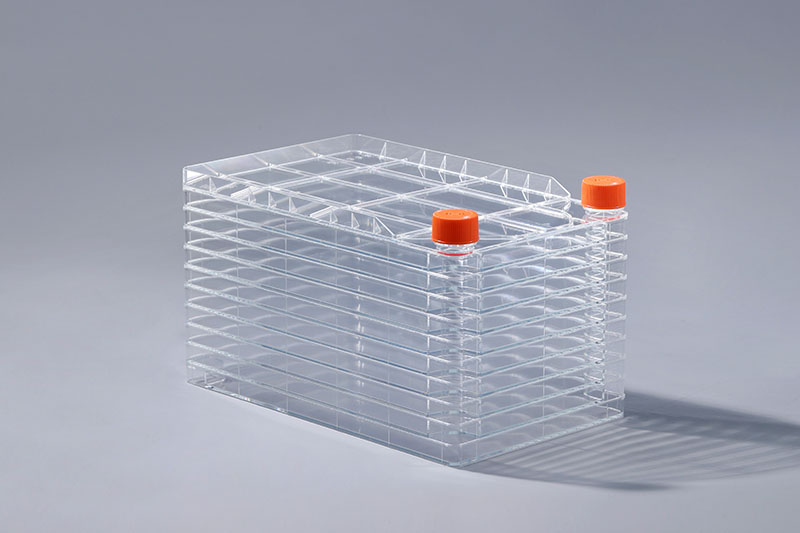इंजेक्शन मोल्डिंग प्लास्टिक के ट्रिंकेट, खिलौनों से लेकर ऑटो पार्ट्स, बोतलों, कंटेनरों और मोबाइल फोन केसिंग तक विभिन्न बहुलक सामग्री के लिए एक सामान्य प्रसंस्करण विधि है। इस प्रसंस्करण पद्धति का उपयोग जीवन के सभी क्षेत्रों में किया जाता है। बड़े पैमाने पर सेल कल्चर में प्रयुक्त 1. यह जटिल सटीक उत्पादों के उत्पादन के लिए उपयुक्त है। इंजेक्शन मोल्डिंग प्रक्रिया आसानी से जटिल प्लास्टिक सटीक भागों और विधानसभाओं को डिजाइन कर सकती है। अन्य तकनीकों की तुलना में, इंजेक्शन मोल्डिंग में बहुत कम सहनशीलता वाली विशेषताएं मिलेंगी। भी इंजेक्शन मोल्डिंग प्रक्रिया द्वारा निर्मित होता है। मोल्डिंग के लिए मोल्डिंग मोल्ड की गुहा में इसे इंजेक्ट करें। ठंडा करने के बाद, पिघल को जम जाता है और फिर डिमोल्ड किया जाता है। इस प्रसंस्करण विधि के निम्नलिखित फायदे हैं:
2. कचरे को कम करें: इंजेक्शन द्वारा बनाए गए सभी पेरिसों को ब्लो मोल्ड में उड़ाया जा सकता है, और प्रसंस्करण के दौरान कोई अपशिष्ट उत्पन्न नहीं होता है, जिससे मोल्डिंग सामग्री की बर्बादी कम हो जाती है।
3। तैयार उत्पाद की गुणवत्ता अच्छी है: चिकनी सतह वाली सेल फैक्ट्री बिना खरोंच के प्राप्त की जा सकती है।
4. स्वचालन की उच्च डिग्री: अधिकांश इंजेक्शन मोल्डिंग प्रक्रियाएं मशीनों और रोबोटों का उपयोग करके की जाती हैं। जैसे-जैसे स्वचालन विनिर्माण लागत को कम करता है, ओवरहेड लागत भी कम होती है। बहु-मोड उत्पादन, उच्च उत्पादन क्षमता।
उपरोक्त सेल फैक्ट्री की इंजेक्शन मोल्डिंग प्रक्रिया के चार प्रमुख लाभ हैं। बहु-परत संरचना के कारण, प्रत्येक परत के उत्पादन के बाद, उत्पादों का एक पूरा सेट बनाने के लिए परतों को संयोजित करने के लिए इसे एक विशेष वेल्डिंग या ग्लूइंग प्रक्रिया से गुजरना पड़ता है।
4. High degree of automation: Most injection molding processes are carried out using machines and robots. As automation reduces manufacturing costs, overhead costs are also reduced. Multi-mode production, high production efficiency.
The above are the four major advantages of the injection molding process of the cell factory. Because of the multi-layer structure, after each layer is produced, it needs to go through a special welding or gluing process to combine the layers to make a complete set of products.
The FAI climbed 5.9 percent year-on-year in the first 11 months of 2018, quickening from the 5.7-percent growth in Jan-Oct, the National Bureau of Statistics (NBS) said Friday in an online statement.
The key indicator of investment, dubbed a major growth driver, hit the bottom in August and has since started to rebound steadily.
In the face of emerging economic challenges home and abroad, China has stepped up efforts to stabilize investment, in particular rolling out measures to motivate private investors and channel funds into infrastructure.
Friday's data showed private investment, accounting for more than 60 percent of the total FAI, expanded by a brisk 8.7 percent.
NBS spokesperson Mao Shengyong said funds into weak economic links registered rapid increases as investment in environmental protection and agriculture jumped 42 percent and 12.5 percent respectively, much faster than the average.
In breakdown, investment in high-tech and equipment manufacturing remained vigorous with 16.1-percent and 11.6-percent increases respectively in the first 11 months. Infrastructure investment gained 3.7 percent, staying flat. Investment in property development rose 9.7 percent, also unchanged.
 English
English



















































